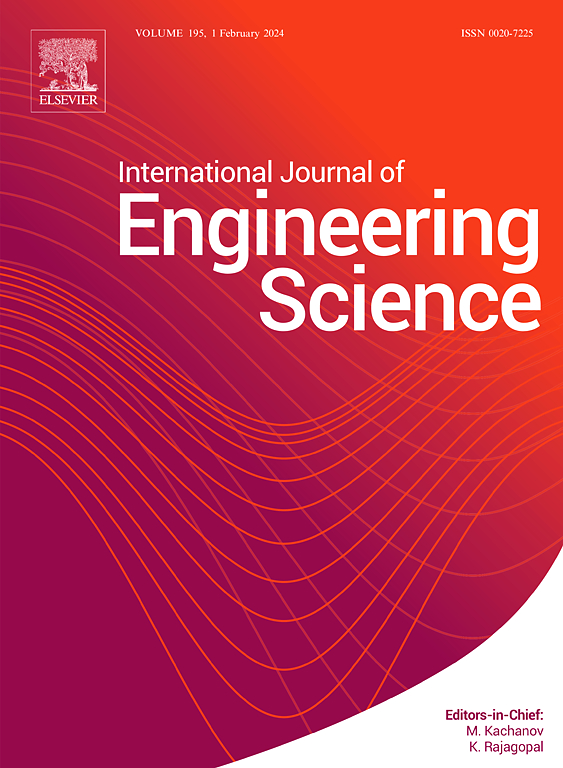基于Xfoil-Fluent的火星多旋翼飞机叶片翼型加速优化方法与实验
IF 5.7
1区 工程技术
Q1 ENGINEERING, MULTIDISCIPLINARY
International Journal of Engineering Science
Pub Date : 2025-07-02
DOI:10.1016/j.ijengsci.2025.104332
引用次数: 0
摘要
在火星探测中,多旋翼飞行器扮演着至关重要的角色,它的叶片是唯一的推力提供者。由于大气稀薄,传统的叶片无法产生多旋翼飞机在这种环境下执行探测任务所需的推力。因此,优化叶片结构是必不可少的,以确保足够的推力,同时尽量减少功率消耗。介绍了一种利用Xfoil和ANSYS Fluent软件快速优化翼型二维气动特性的方法。采用单目标遗传算法对叶片翼型进行优化,以提高升阻比。在对翼型气动性能进行优化后,对优化后的叶片性能进行了实验验证。本文章由计算机程序翻译,如有差异,请以英文原文为准。
Accelerated optimization of Mars multi-rotor aircraft blade airfoil based on Xfoil-Fluent: Methods and experiments
In Mars exploration, multi-rotor aircraft plays a crucial role, with its blades serving as the sole provider of thrust. Given the thin atmosphere, conventional blades cannot generate the required thrust for multi-rotor aircraft to carry out detection missions in this environment. Thus, optimizing the blade structure is essential to ensure sufficient thrust while minimizing power consumption. This study introduces a method for rapidly optimizing the two-dimensional aerodynamic characteristics of airfoils using Xfoil and ANSYS Fluent. A single-objective genetic algorithm is employed to optimize the airfoil of the blade, aiming to enhance the lift-to-drag ratio. After optimizing the aerodynamic properties of the airfoil, the performance of the optimized blade is confirmed experimentally.
求助全文
通过发布文献求助,成功后即可免费获取论文全文。
去求助
来源期刊

International Journal of Engineering Science
工程技术-工程:综合
CiteScore
11.80
自引率
16.70%
发文量
86
审稿时长
45 days
期刊介绍:
The International Journal of Engineering Science is not limited to a specific aspect of science and engineering but is instead devoted to a wide range of subfields in the engineering sciences. While it encourages a broad spectrum of contribution in the engineering sciences, its core interest lies in issues concerning material modeling and response. Articles of interdisciplinary nature are particularly welcome.
The primary goal of the new editors is to maintain high quality of publications. There will be a commitment to expediting the time taken for the publication of the papers. The articles that are sent for reviews will have names of the authors deleted with a view towards enhancing the objectivity and fairness of the review process.
Articles that are devoted to the purely mathematical aspects without a discussion of the physical implications of the results or the consideration of specific examples are discouraged. Articles concerning material science should not be limited merely to a description and recording of observations but should contain theoretical or quantitative discussion of the results.
 求助内容:
求助内容: 应助结果提醒方式:
应助结果提醒方式:


